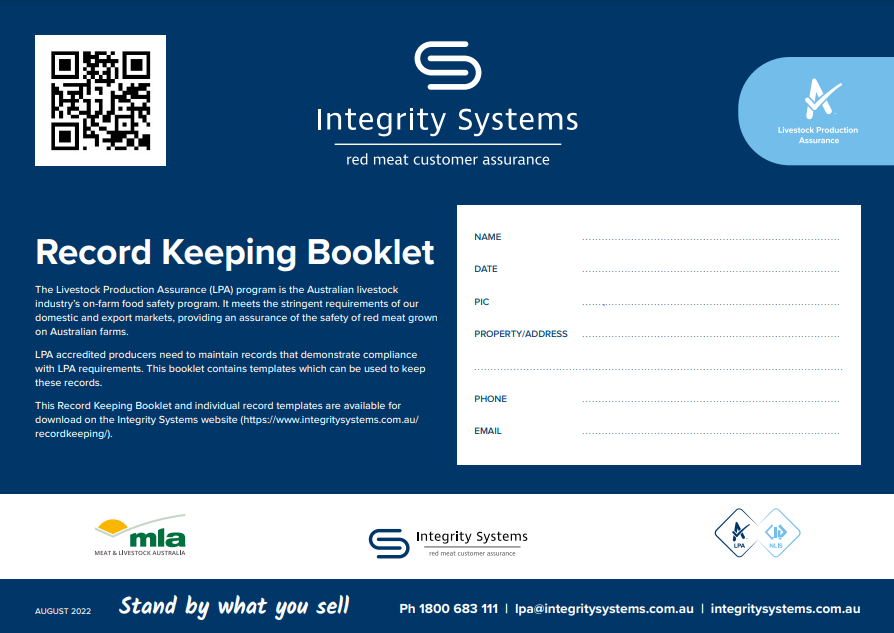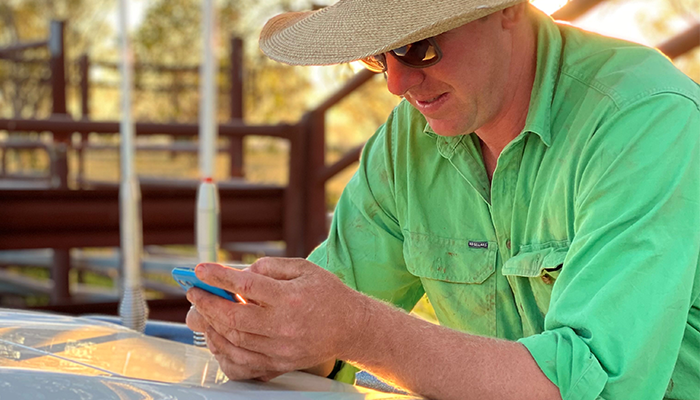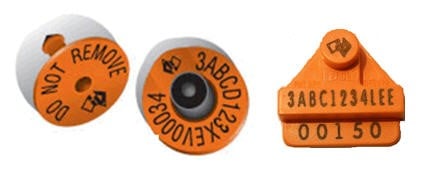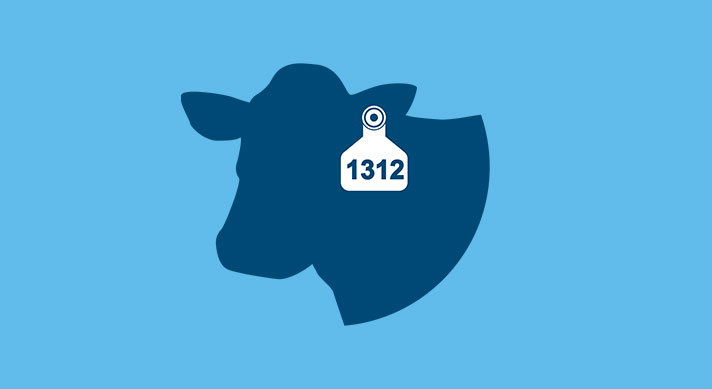
The integrity system for small landholders

As a small landholder or hobby farmer, you are responsible for keeping your integrity records in order and ensuring your on-farm practices align with integrity system requirements.
Australia’s $31 billion red meat industry has a world-class reputation and our premium meat products are in high demand globally. This success is underpinned by our red meat integrity system, which includes food safety measures, quality assurance and traceability from paddock to plate.
A single failure to meet integrity system requirements can put livestock producers’ livelihoods, communities and Australia’s red meat industry at risk. All producers, regardless of the size of their operation, need to meet integrity requirements and stand by what they sell.
Integrity Systems Company (ISC) is responsible for managing and delivering the core elements which make up Australia’s red meat integrity system.
Requirements for hobby farmers
Participation in the LPA program is voluntary, but to access LPA NVDs – and hence a wider range of livestock selling options – you must be LPA-accredited. LPA NVDs are required by most processors and saleyards so if you intend to sell your livestock via these channels, you will need to become accredited with LPA and keep good records of your on-farm practices as part of your participation in the program.
If you choose not to be accredited with LPA, you will need to comply with the movement documentation requirements for your state or territory that are accepted instead of an LPA NVD. Contact your state or territory for more information.








